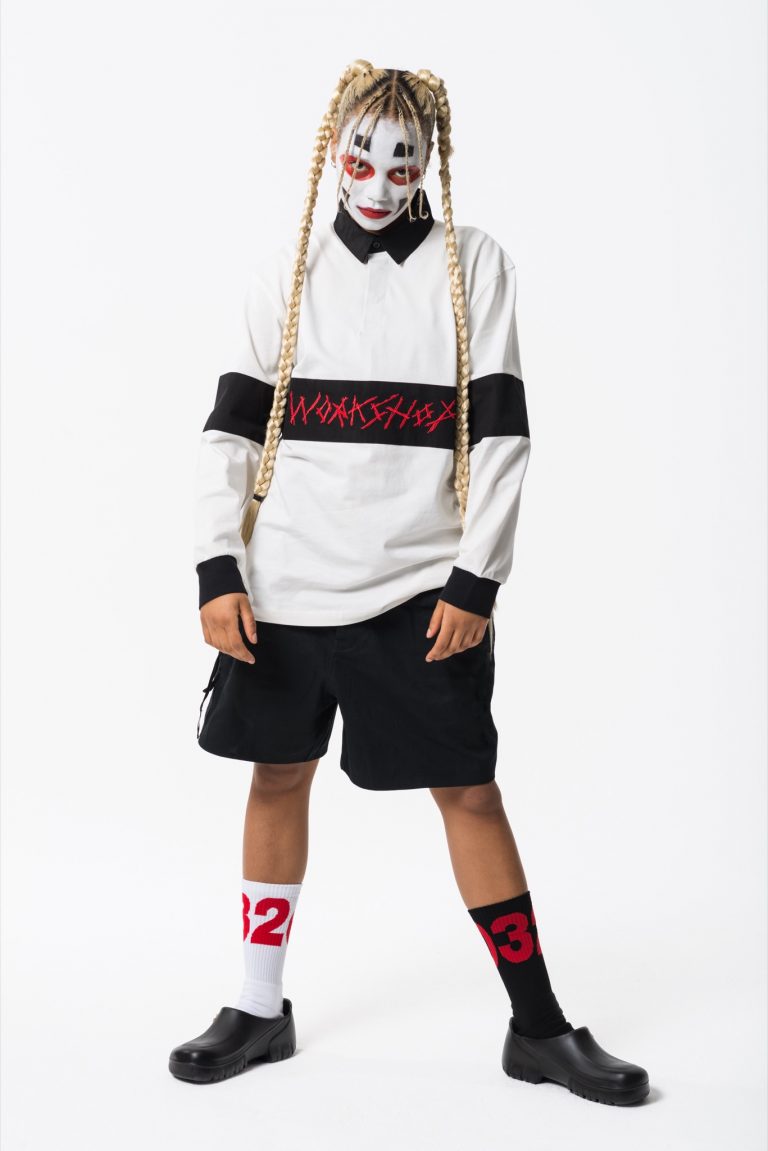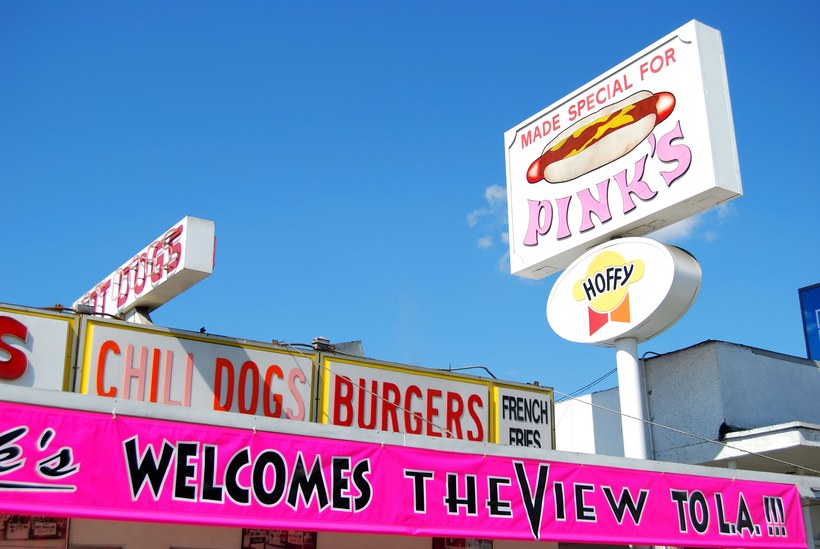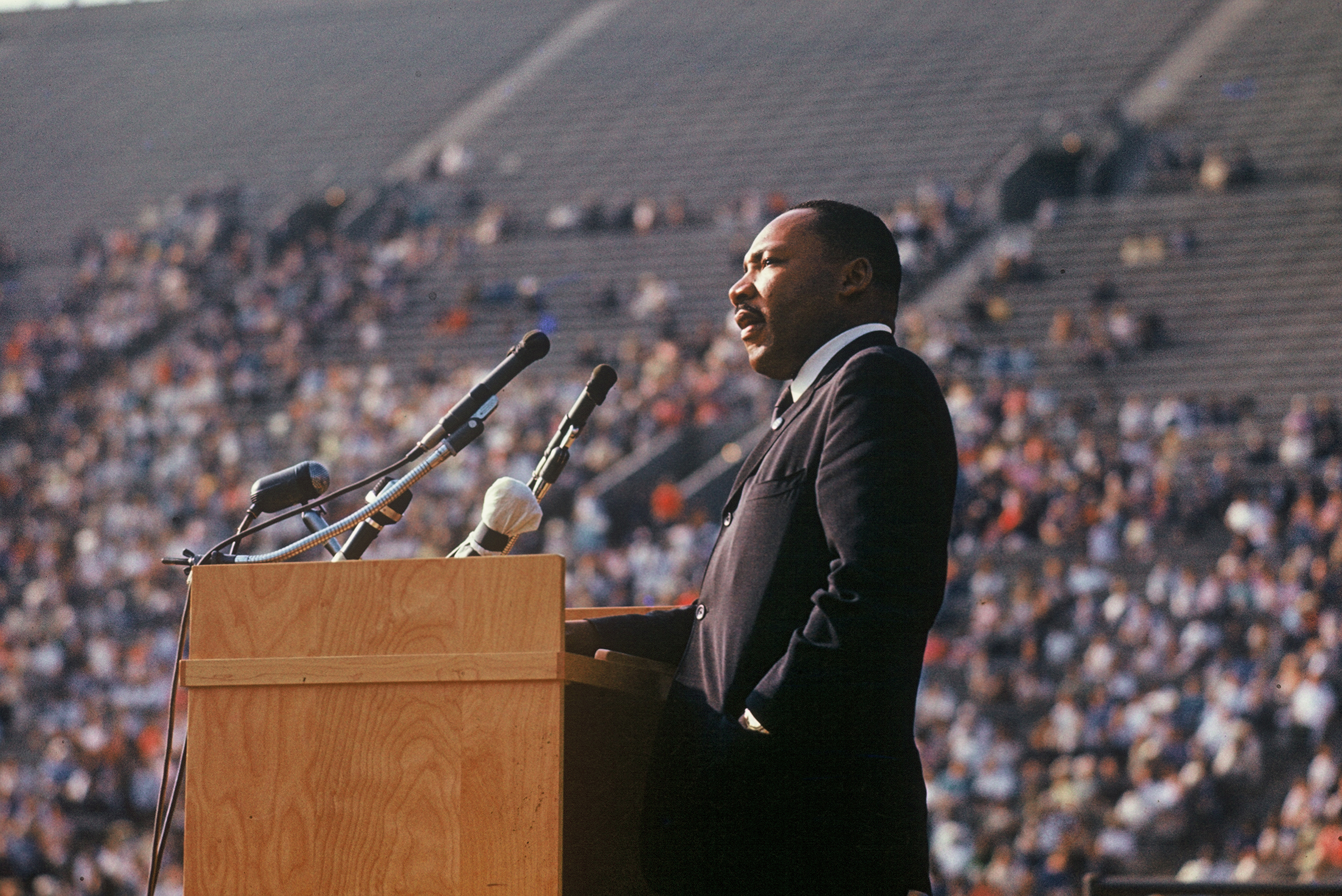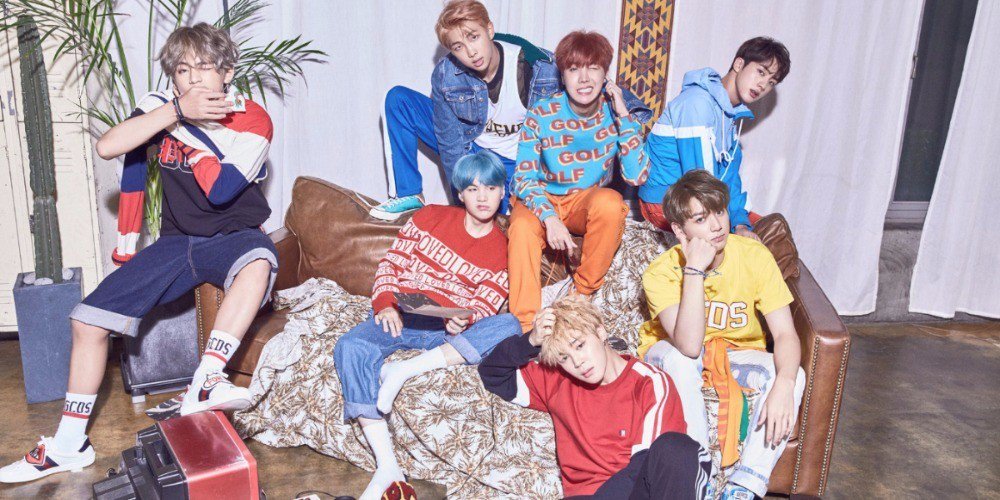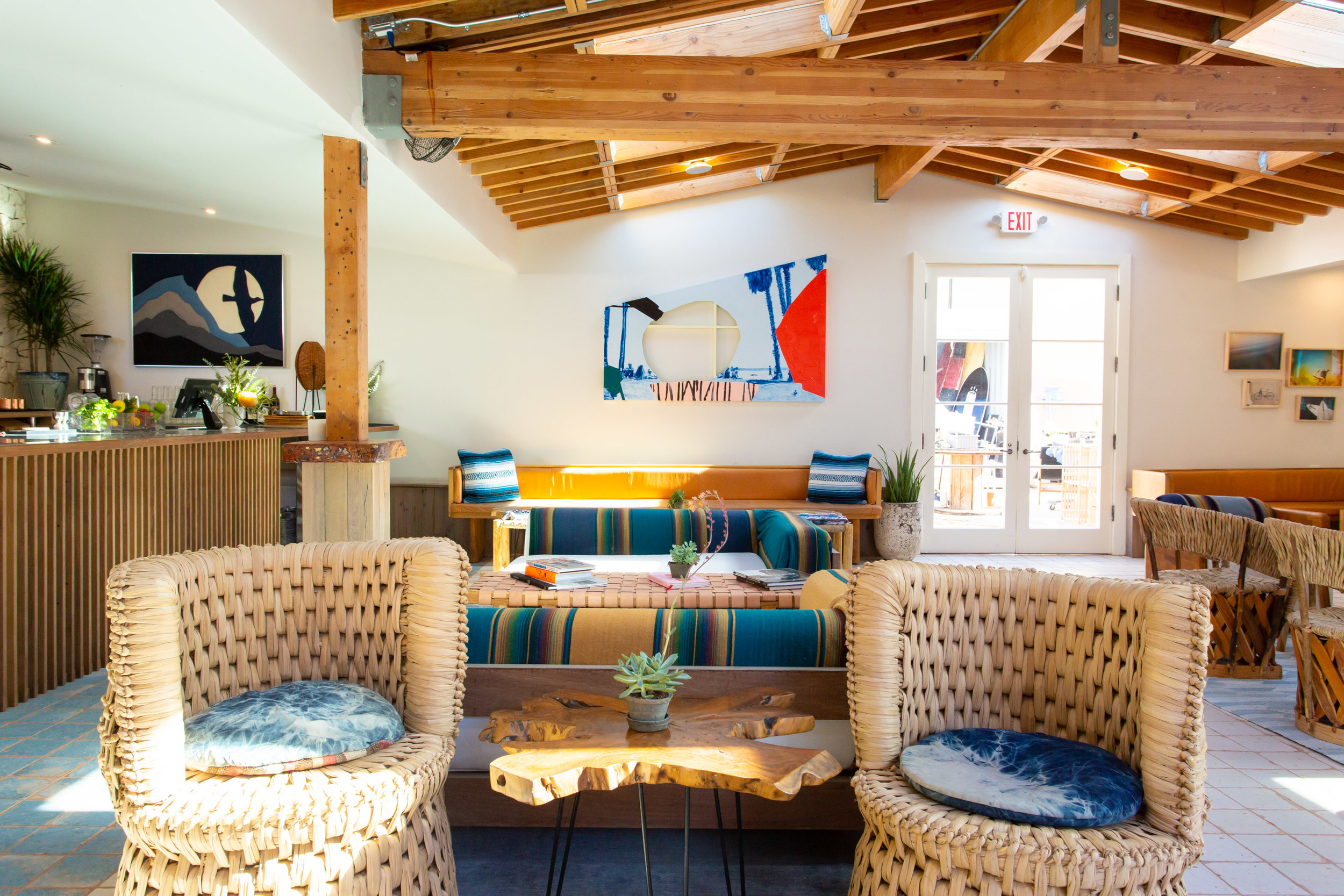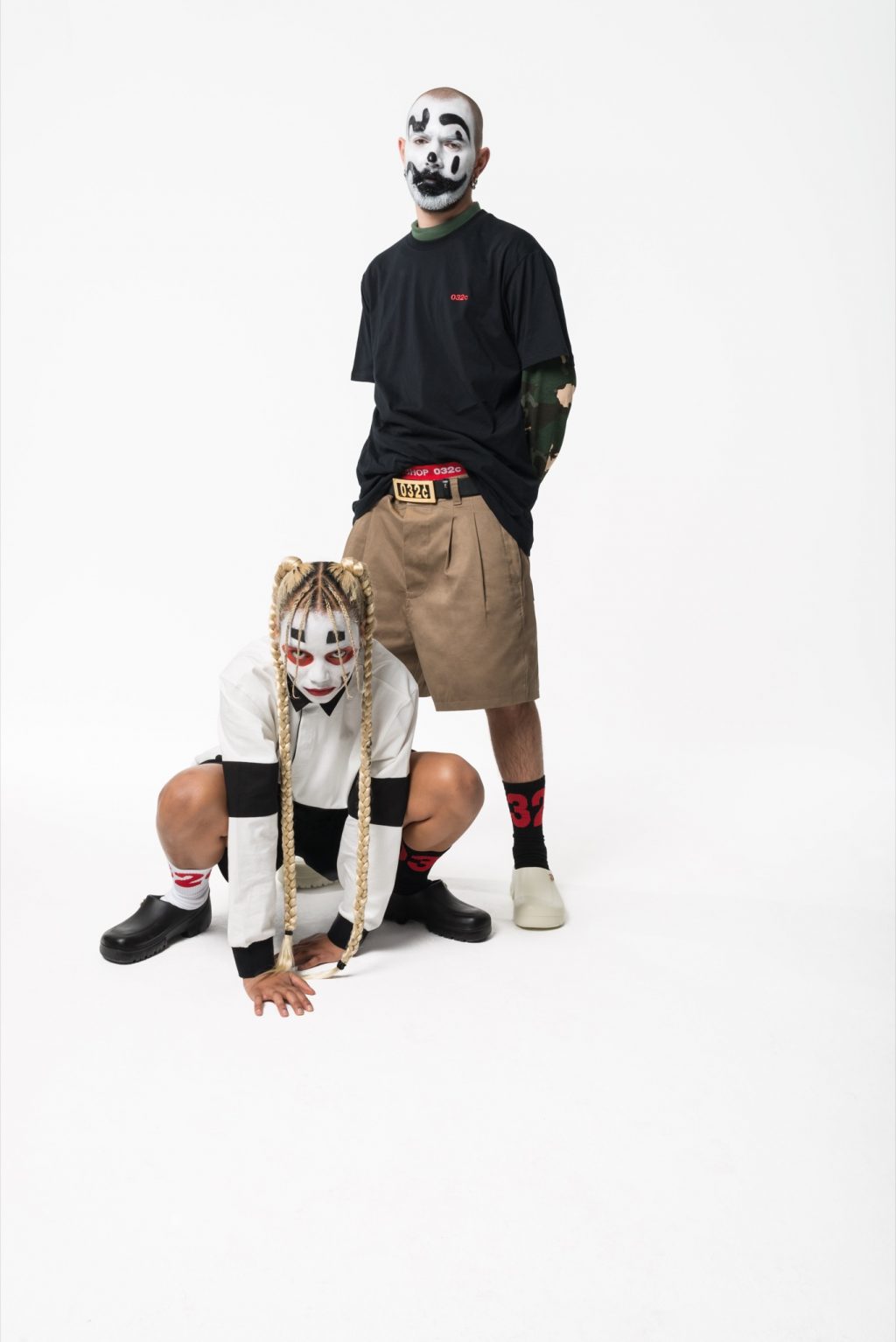
Identification with counterculture or individualism in fashion has been the “wave” for the better part of the last ten years. Being, pretending, or at least looking the part of someone who does not subscribe to social norms is the trendiest thing you can do.
But how many are really subscribing to lifestyles that truly challenge what mainstream considers cool?
Juggalos are one of the last countercultures in America worthy of the classification. Unlike Punk, Rave, Goth, Emo, and various other subcultures, the Juggalo has yet to receive mainstream attention or romanticism from films, storytelling, or the art world. The cyclical nature of trends and fashion explore countercultures and adopt elements that eventually make their way into pop-culture, some have gone through multiple cycles of influence, but Juggalos have managed to stay on the fringes.
Juggalos can loosely be defined as fans of the band Insane Clown Posse (ICP) or the Horrorcore rap genre, and subscribe to the Juggalo credo. Juggalos describe their culture as one of freedom, acceptance, and family (all Juggalos are considered “family”). Aesthetically, they are known for clown-like face painting, wearing ICP merchandise and tattoos, although these elements are not required to be a Juggalo.
It is important to note that I am discussing “counterculture” as it relates to fashion, music, and artistic expression, therefore not making a comparison to, or discussing fringe political and social subcultures that may fall under the definition.
The popularity of the “not being put in a box” concept, has led many of us in search of various interests and forms of expression in order to appear eclectic and multi-dimensional – in turn, the outcome is a large number of individuals in specific “hip” neighborhoods across America that have more in common than they do difference.
Juggalos have been left out of the trendy counterculture wave, they’ve managed to stay on the fringes and only attract attention when news outlets send a correspondent to the yearly Juggalo festival in search of clicks. Their Faygo soda obsession, extremely violent rap lyrics, and hard to explain fashion have kept the “tastemakers” from trying to capitalize on the subculture.
But will this maintain or will we start to see Juggalos at Fashion Week?
With its ill-fitting clothing, ICP iconography, clown-like face paint, chunky metal jewelry, and early 2000s hip-hop clothing, Juggalo aesthetic has developed a look that up to now has been trend-proof. But, as is often the case in fashion, Juggalo culture may not be able to elude the fashion world completely.
In the past five years, we have seen the rise of mom jeans, dad sneakers, logo mismatch, wrestling t-shirts, among other trends we might have thought of as unlikely to catch on. As labels and fashion houses continue to look for ways to challenge the consumer, Juggalo aesthetic may be a source to draw from.
Demonstrated by Birkenstock and Berlin fashion magazine turned clothing label 032c, their latest collaboration and campaign for a clog titled “Super Birki” shows the potential of Juggalo fashion as a source for inspiration.

Juggalos have received minimal recognition. The 2016 Sky Ferreira Juggalo inspired lookbook for fashion label DARKDRON and popular TV shows like Baskets and It’s Always Sunny in Philadelphia have both featured Juggalo characters. The representation is often for comedic relief and the scene has yet to be recognized as one of artistic value or inspiration.
A Juggalo fashion trend may never truly happen but if it does… now is the time. Labels like Hood By Air in recent years have pushed back and challenged the aesthetic norms of high fashion, playing with looks and inspirations that draw from influences like BDSM, sexual ambiguity, pornography, street culture and more. The rise of athleisure and oversize clothing paired with a push for gender-neutral looks and a continued obsession with counterculture and authenticity make the end of this decade perfect for the first Juggalo wave.
The Juggalo movement started in the mid 90s and since then has gained popularity across the U.S. with a strong following in the middle states. In 2000 the first Juggalo festival organized known as the Gathering of the Juggalos (The Gathering). In 2009 The Gathering attracted a reported 20,000 attendees. In 2011, Juggalos made the FBI’s gang list as a “loosely-organized hybrid gang” which ICP and Juggalos have been fighting to be removed from.
As we move deeper into exploring early 2000s fashion will designers tap into the Juggalo culture for inspiration or will Juggalos remain the last American counterculture?
